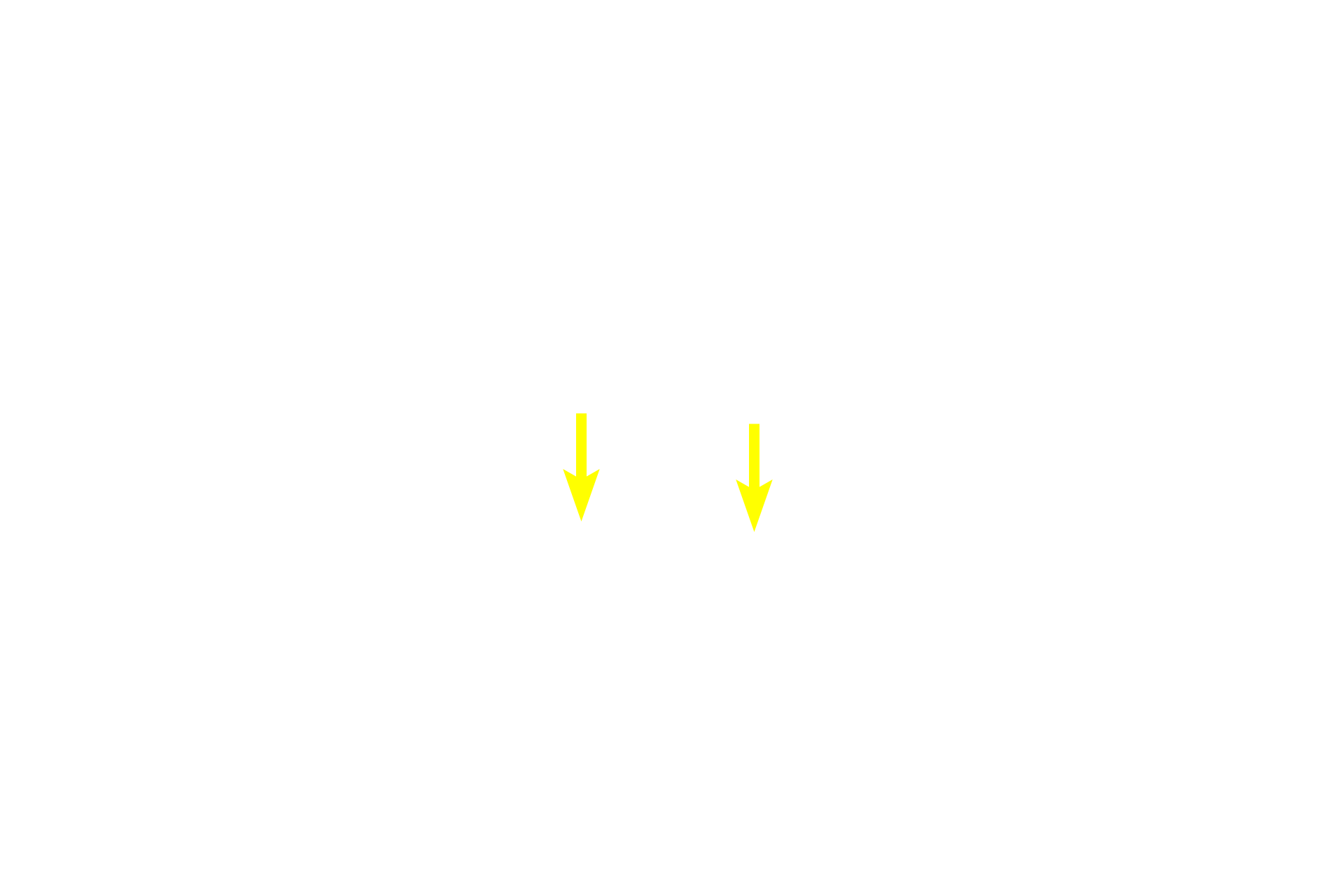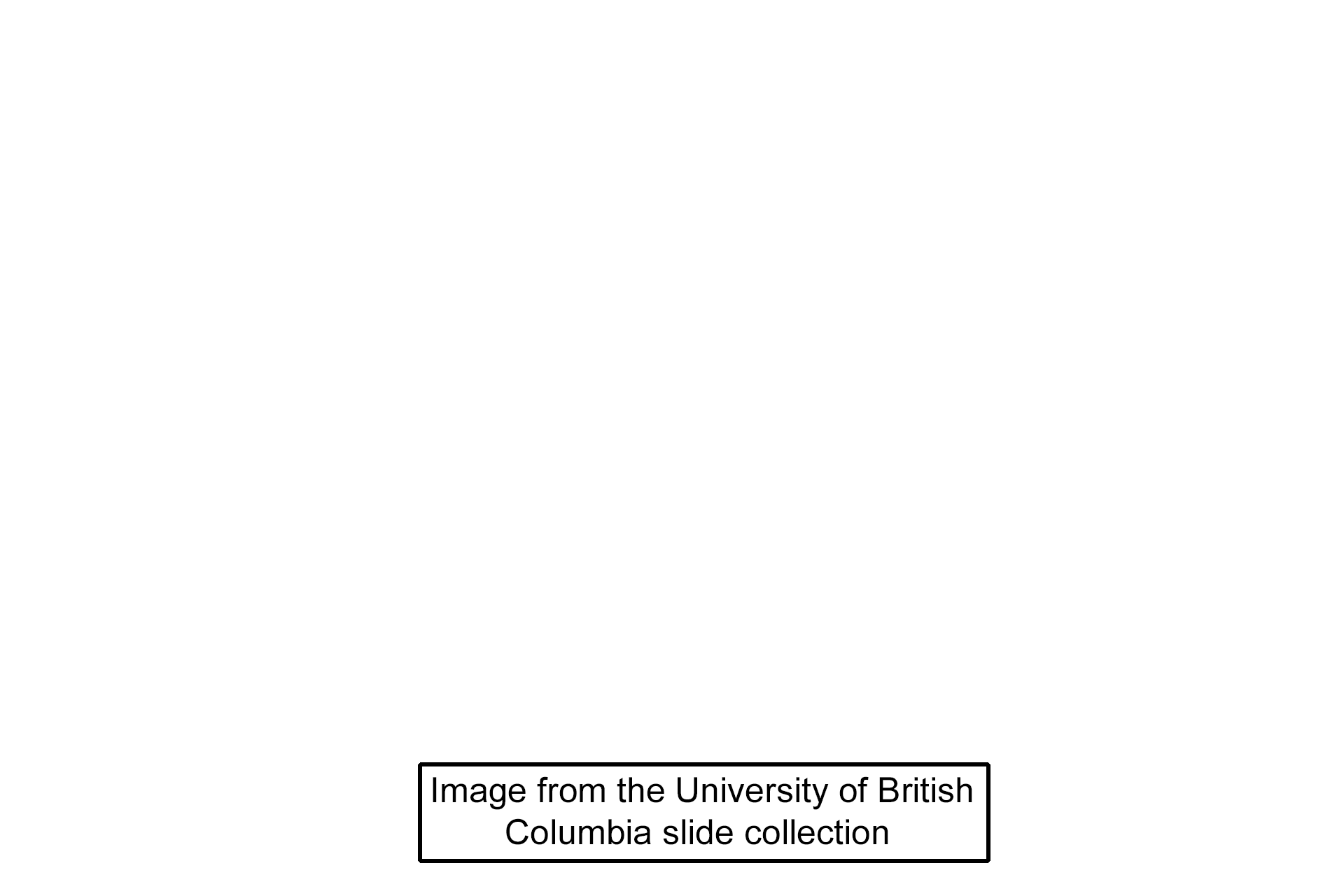
Stroma and parenchyma
Organs are made up of two basic components: the functional cells and tissues, termed parenchyma, and a supportive framework, called stroma. The types of parenchymal components vary with the function of the organ, but are usually composed of connective tissue. This image shows a section of a non-lactating breast in which the parenchymal elements, mammary glands and ducts, are supported by a collagenous stromal framework. 100x

Parenchyma
Organs are made up of two basic components: the functional cells and tissues, termed parenchyma, and a supportive framework, called stroma. The types of parenchymal components vary with the function of the organ, but are usually composed of connective tissue. This image shows a section of a non-lactating breast in which the parenchymal elements, mammary glands and ducts, are supported by a collagenous stromal framework. 100x

- Mammary glands
Organs are made up of two basic components: the functional cells and tissues, termed parenchyma, and a supportive framework, called stroma. The types of parenchymal components vary with the function of the organ, but are usually composed of connective tissue. This image shows a section of a non-lactating breast in which the parenchymal elements, mammary glands and ducts, are supported by a collagenous stromal framework. 100x

- Duct
Organs are made up of two basic components: the functional cells and tissues, termed parenchyma, and a supportive framework, called stroma. The types of parenchymal components vary with the function of the organ, but are usually composed of connective tissue. This image shows a section of a non-lactating breast in which the parenchymal elements, mammary glands and ducts, are supported by a collagenous stromal framework. 100x

Stroma
Organs are made up of two basic components: the functional cells and tissues, termed parenchyma, and a supportive framework, called stroma. The types of parenchymal components vary with the function of the organ, but are usually composed of connective tissue. This image shows a section of a non-lactating breast in which the parenchymal elements, mammary glands and ducts, are supported by a collagenous stromal framework. 100x

Image source >
This image was taken of a slide in the University of British Columbia collection.
